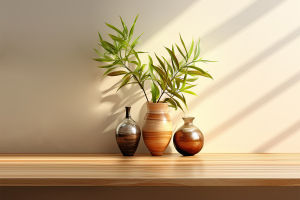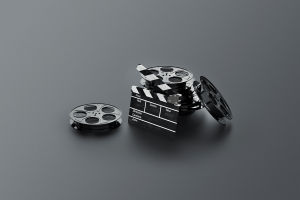Maracas are more than just musical instruments—they are a symbol of rich cultural heritage and a vibrant sound that has echoed across centuries.
These simple yet powerful percussion instruments are widely recognized for their distinctive shape and the energetic sound they produce. Today, maracas can be heard in a variety of musical genres, but their roots are deeply tied to cultural traditions and ceremonies.
The Origins of Maracas
Maracas have a fascinating history that traces back to the indigenous peoples of the Americas. The exact origin of the maraca is still debated, but it is generally believed to have been first created by the indigenous groups in the Caribbean, as well as parts of South and Central America. Early maracas were made from gourds or hollowed-out seeds and were filled with small stones, seeds, or beans to produce sound.
These early instruments were not just for entertainment—they were used in spiritual ceremonies, dances, and rituals to invoke spiritual power and connect with the divine.
The Design and Materials of Maracas
Traditionally, maracas are made from natural materials like gourds, wood, and animal hides. The gourd is the most common base, chosen for its hollow nature, which makes it ideal for producing a resonant sound when shaken. The outside of the maracas is often decorated with intricate designs, reflecting the craftsmanship of the maker and the cultural significance of the instrument. Today, many maracas are made from plastic or other synthetic materials, but the traditional wooden and gourd versions remain highly valued for their sound quality and connection to tradition.
The Sound and Use of Maracas in Music
Maracas create a bright, rhythmic sound that is instantly recognizable. The shaking motion releases the sound of seeds or beads inside the hollow body, producing a rattling noise that adds texture and energy to music. Maracas are most often associated with Latin music, particularly salsa, cumbia, and samba, but they are used in a wide range of musical styles. In traditional dances, the sound of maracas helps to drive the rhythm and is a crucial part of the beat.
Maracas are also used in orchestras and by individual musicians in various parts of the world, showing their versatility across musical genres. They are simple instruments but add a layer of dynamic texture that enhances the overall sound of any ensemble. The rhythmic sound produced by maracas can create excitement and movement, making it a popular instrument in both folk and contemporary music.
Cultural Significance of Maracas
Beyond their musical value, maracas hold deep cultural meaning. In many indigenous traditions, they are seen as sacred objects used in ceremonies to communicate with the spirits. For example, in shamanic rituals, maracas are believed to help summon the spirits of ancestors and deities, guiding the practitioner into a trance state for healing or divination. The rattling sound is thought to have spiritual power, and the instrument itself is often carefully crafted to be in harmony with nature.
In modern-day celebrations, maracas continue to play an important role in festivals, parades, and dances. They are especially prominent in Caribbean and Latin American festivals like Carnival, where musicians use them to accompany fast-paced dance rhythms. Maracas are also popular in family gatherings, as they are easy to play and fun for people of all ages.
Learning to Play Maracas
Playing maracas is surprisingly simple, yet it requires a strong sense of rhythm. To play, all you need to do is hold the maracas in one hand and shake them in time with the music. The challenge comes in maintaining a steady, consistent beat while coordinating your shaking with the overall rhythm of the song. While maracas are often played in ensembles, beginners can also practice solo, creating their own rhythmic patterns and experimenting with different shaking speeds.
For those interested in learning to play, there are plenty of tutorials available online, as well as maraca-playing workshops that are held in various communities. Maracas are an accessible instrument, making them a great choice for people who want to explore percussion or add a new element to their musical abilities.
Final Thoughts
Maracas are more than just a fun percussion instrument—they carry with them a rich cultural history that spans across continents. From their ancient origins in indigenous rituals to their place in modern music, maracas are a symbol of the vibrant and diverse cultures that continue to shape our world today. Whether shaking them in a traditional dance or using them in a contemporary music setting, maracas bring rhythm, energy, and a sense of connection to the sounds of the past and present.


